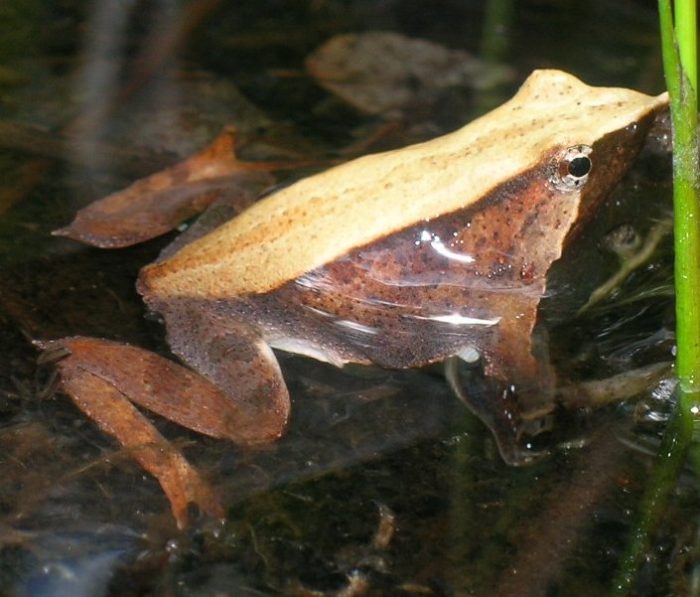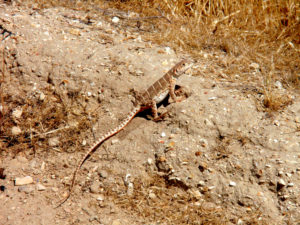Darwin’s Frog Faces Extinction
The Darwin’s frog is the latest species of amphibian to experience population decline, and now face extinction, due to the global chytridiomycosis pandemic.
 Image: Darwin's Frog (Rhinoderma darwinii)
Image: Darwin's Frog (Rhinoderma darwinii) The Darwin’s frog is the latest amphibian species to face extinction due to the global chytridiomycosis pandemic, according to a new international study published in Proceedings of the Royal Society B.
The study found that Darwin’s frogs are infected with the fungal pathogen Batrachochytrium dendrobatidis (Bd) and, despite an absence of obvious mortality, researchers have noted population declines. This has led them to believe that these infected populations are at a serious risk of extinction within 15 years of contracting the disease.
Bd appears to be capable of infecting most of the world’s approximately 6,000 amphibian species. Infection with Bd has been named as the worst infectious disease ever recorded among vertebrates, in terms of the number of species impacted and its propensity to drive them to extinction. Over the past 30 years it has caused catastrophic declines or extinction of at least 200 species of frogs, and over 350 amphibian species are known to have been infected. Population declines due to Bd can occur very rapidly, sometimes just over a few weeks, and disproportionately eliminate species that are rare, specialised and endemic – ie those that are the most unique.
Native to the forests of southern Argentina and Chile, Darwin’s frog was named in honour of Charles Darwin, who first discovered the species during his voyage on the HMS Beagle. It is the only land vertebrate where the male becomes pregnant, carrying and brooding tadpoles inside its vocal sac until they metamorphose and are spat out as baby frogs.
The Darwin’s frog is currently highly threatened, but populations were considered to have remained relatively stable in the face of the disease. But the frogs may have been infected over a decade ago, with the impacts only recently observed.
Led by scientists from Chile’s Universidad Andres Bello (UNAB), NGO Ranita de Darwin, and the Zoological Society of London (ZSL), working alongside the University of Zurich, this new revelation highlights a need for urgent conservation action.
First author, Dr. Andrés Valenzuela from ZSL’s Institute of Zoology and UNAB said: “Put simply, this study shows that once an individual animal becomes infected with Bd, it is almost certain to die. Unusually for an infectious disease even at very low rates of infection, and in the absence of the dramatic die-offs witnessed in other amphibian populations impacted by this disease, infected populations of Darwin’s frogs are destined for extinction.”
Benedikt Schmidt from the University of Zurich, who co-authored the study, adds: “Whilst this study focuses on the iconic Darwin’s frog, its implications could be equally grave for many other species. We’ve long recognised the dramatic toll chytrid fungus is taking on amphibians globally – but believed the disease’s impact on host populations would quickly become apparent. This ‘cryptic’ nature of infectious disease witnessed amongst Darwin’s frogs in Chile could potentially be causing similar ‘slow-burn’ declines among wildlife species elsewhere – contributing to longer-term population declines and extinctions despite the lack of obvious mass-mortalities.”





No comments yet.